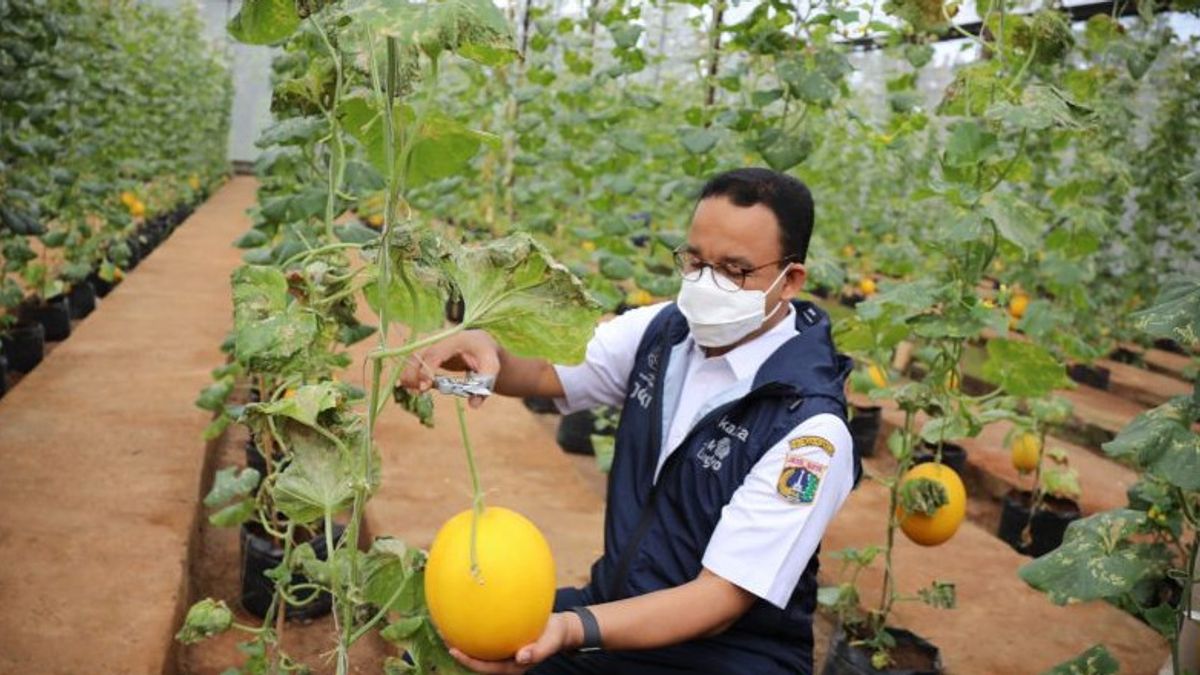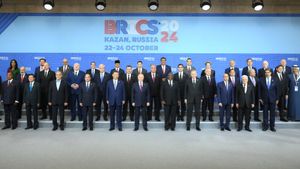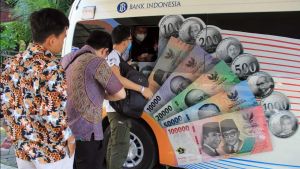JAKARTA - The DKI Jakarta Food, Maritime and Fisheries Security Service (KPKP) has set seven green open space targets for productive agriculture as an effort to overcome the decline in agricultural land area.
"In the 2018-2030 urban agriculture grand design, there are seven targets for the implementation of urban agriculture which will be spread throughout Jakarta," said Head of the DKI Jakarta KPKP Agency, Suharini Eliawati, as quoted by Antara, Thursday, March 17.
According to Eli, the seven spatial targets that are the location for the implementation of urban agriculture are flats, vacant land, yards and village alleys, schools, buildings, Child Friendly Integrated Public Space (RPTRA), and marine areas.
The seven targets for implementing urban agriculture, said Eli, will be directed at producing various types of agricultural, livestock and fishery products.
This is because urban agriculture itself aims to further intensify narrow land with a vertical farming approach, especially horticultural crops, namely vegetables and fruits.
"We can even take advantage of space without land, such as roof tops, wall gardens, roadside spaces, social and social facilities, and others," he said.
The Grand Design for Urban Agriculture 2018-2030, continued Eli, has three main targets until 2030, namely achieving 30 percent of productive green open space; 30 percent increase in certification of agricultural, livestock and fishery production (including processed products); and 1,000 certifications of processed agricultural, livestock and fishery products.
Eli added that the development of urban agriculture, one of which aims to create food security for the people of DKI Jakarta, especially in the aspect of providing food and increasing people's capacity to access food.
Even the DKI Jakarta Provincial Government targets that in 2030 it can meet the needs of vegetables and fruit in Jakarta as much as five percent.
"With this effort, one day we will reduce five percent of our vegetable and fruit needs in Jakarta," he said.
The English, Chinese, Japanese, Arabic, and French versions are automatically generated by the AI. So there may still be inaccuracies in translating, please always see Indonesian as our main language. (system supported by DigitalSiber.id)













